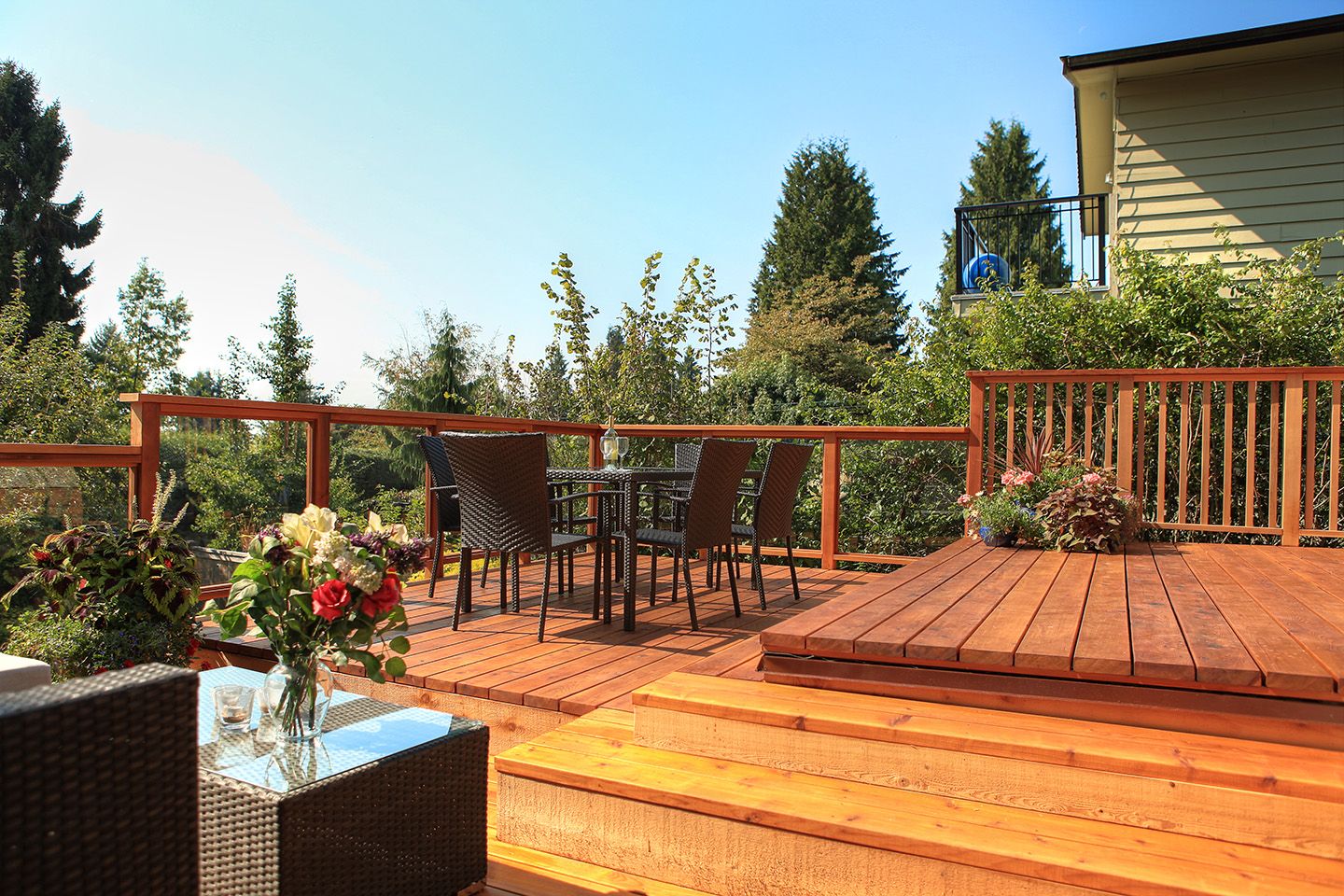Homeowners now have more decking material options than ever before. It’s easy to get option paralysis when weighing the pros and cons of each one. While wood remains a popular choice, alternatives such as composite and plastic decking have become a top pick for homeowners due to their longevity and easy maintenance. Below, we explore the pros and cons of popular decking materials so you can see which may be best for your outdoor project.
Choosing the Best Decking Material Option
The best choice of decking materials for your home depends on your budget, climate, and personal preferences. Building a deck is a big investment, so weigh the pros and cons carefully for the highest return.
Wood Decking: Traditional and Timeless
Wood decking continues to be a favorite among homeowners for its natural beauty and traditional look. However, wood decking requires pretty regular maintenance to preserve its appearance and structural integrity. Different types of wood also come with different maintenance requirements.
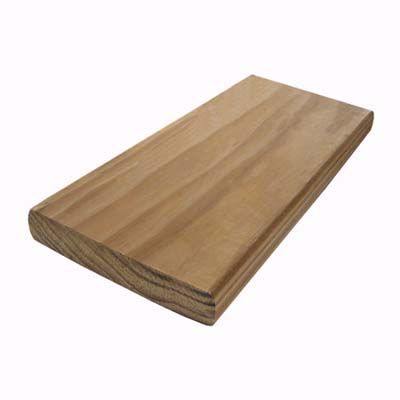
Pressure-Treated Wood
Pressure-treated wood is the most affordable and widely used decking material. It’s made from southern yellow pine infused with preservative chemicals to resist rot, decay, and insect infestation. However, according to the United States Environmental Protection Agency, these preservative chemicals can be harmful to both people and the environment. This type of decking can last for about 15 years with proper care.
Consider the following pros and cons of pressure-treated wood:
Pros:
- Cost-effective
- Readily available
- Easy to work with
Cons:
- Requires regular maintenance
- Can splinter if not properly cared for
- Contains chemicals that may be harmful if inhaled
When cutting pressure-treated wood, always wear a mask to prevent breathing in harsh chemicals. Likewise, avoid burning pressure-treated wood so you don’t release those chemicals into the air.
Tropical Hardwoods
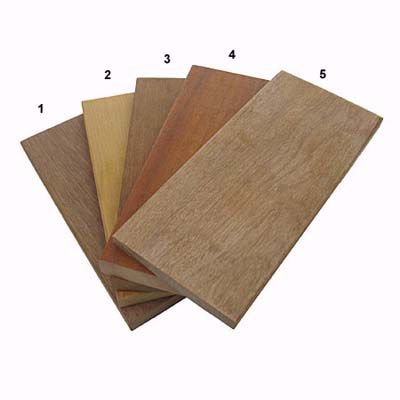
Tropical hardwoods such as ipe, cumaru, and red balau are prized for their exceptional durability and rich colors. These dense woods can last up to 25 years and are naturally resistant to insects and decay.
While these woods may add a unique aesthetic to your deck, they can be expensive. Additionally, some buyers have issues with how loggers source these woods, as most of them come from endangered tropical rainforests. If you’re environmentally conscious, this is likely not the deck material for you.
Pros:
- Extremely durable and long-lasting
- Naturally resistant to insects and decay
- Rich, exotic colors
Cons:
- Expensive
- Heavy and difficult to work with
- May require predrilling for fasteners due to their density
Redwood and Cedar
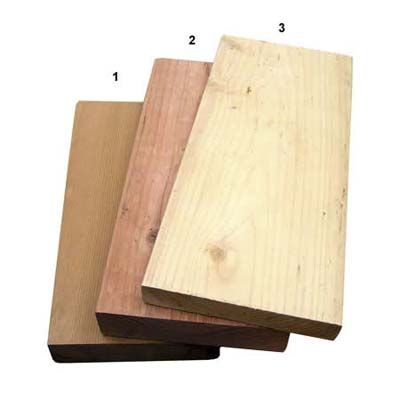
Cedar and redwood are popular choices for their natural beauty and resistance to rot and insects. These woods can last around 20 years with proper maintenance.
Both woods offer a rich, warm color that many homeowners find appealing. However, they’re softwoods, which can make scratches and dents more noticeable.
Consider these factors before buying redwood or cedar:
Pros:
- Natural resistance to decay and insects
- Beautiful, rich colors
- Lightweight and easy to work with
Cons:
- More expensive than pressure-treated wood
- Require regular maintenance to maintain color and prevent damage
- Softer woods that can damage easily
You’ll need to power-wash, sand, and refinish cedar and redwood approximately every three years to maintain their appearance. While they can last for decades, the sun will fade their natural color to gray without proper protection.
Composite Decking: The Low-Maintenance Alternative
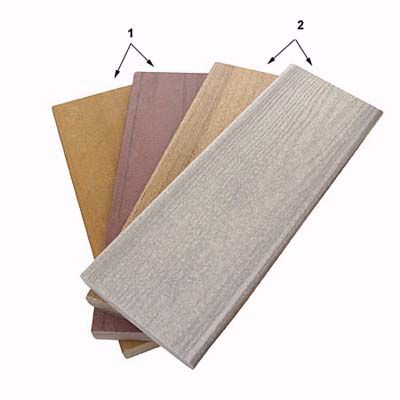
Composite decking has gained popularity in the past decade as a low-maintenance alternative to wood. Made from a blend of recycled plastic and wood fibers, composite decking offers the look of wood without the upkeep. It’s more expensive than regular wood, and it’s also heavier, so there are several cons. However, with minimal maintenance and built-in UV resistance, the pros of this material make it a top pick for decking.
Composites aren’t as stiff as wood, and they move more in response to changes in temperature. Because of this, it’s important to follow the manufacturer’s installation instructions exactly.
What Are the Benefits of Composite Decking?
Composite decking provides several advantages over traditional wood decking:
- Resistance to rot, warping, and splintering
- No need for staining or sealing
- Available in a wide range of colors and textures
- Long lifespan (25 years or more with proper care)
- Eco-friendly options made from recycled materials
Types of Composite Decking
There are two main types of composite decking:
- Uncapped composite: The original form of composite decking, prone to staining and fading
- Capped composite: Features a protective plastic shell for improved stain and fade resistance
These types of composite decking differ in quality and price, so use your best judgment when deciding between these two types of materials.
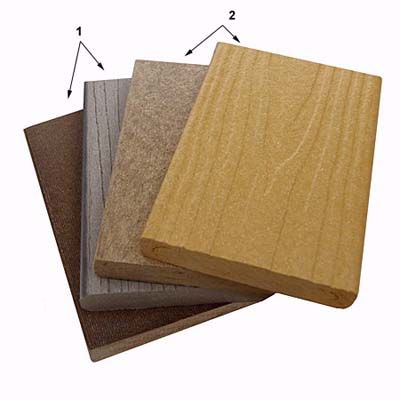
No matter what kind of composite decking you choose, pay close attention to the warranty details and the installation instructions. These details make a big difference in the longevity and quality of your deck.
Plastic and PVC Decking: Durability Meets Design
Plastic and PVC decking materials offer excellent durability and low maintenance requirements. These synthetic options are designed to resist fading, staining, and mold growth, making them a good choice for homeowners seeking a long-lasting, low-upkeep decking solution. They don’t include any wood whatsoever, so they’re even more durable than composite decking.
Still, this plastic decking doesn’t always look, sound, or feel much like wood, which can be unappealing if you’re not used to it.
These decks also have complex fastening systems, so the pieces can move as the temperature changes. However, that means that they often squeak when you walk on them.
The price of PVC decking varies depending on the quality and design of the material, but in general, it’s more expensive than composite.
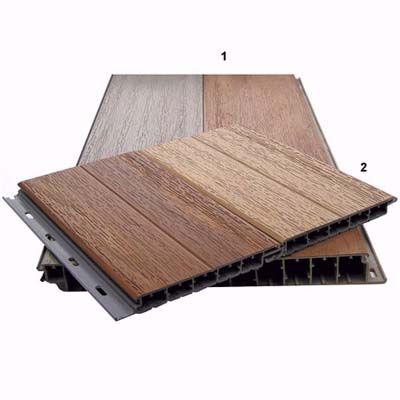
Cellular PVC Decking
Cellular PVC decking is made entirely from plastic, containing no wood fibers. This material offers exceptional durability and resistance to moisture, insects, and UV rays. Cellular PVC decking can last a lifetime with minimal maintenance.
Pros:
- Extremely durable and long-lasting
- Resistant to moisture, insects, and UV rays
- Low maintenance requirements
Cons:
- More expensive than wood or composite options
- May not look or feel like natural wood
- Can become slippery when wet
Polystyrene
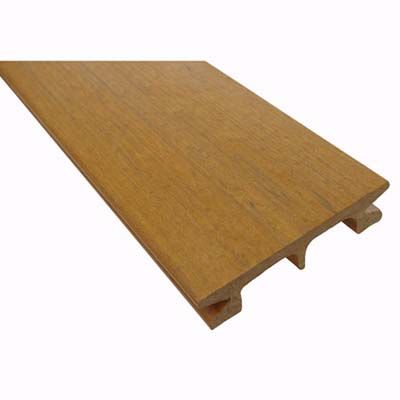
Polystyrene decking is another strong alternative to traditional decking materials. It has deep grooves on the underside for added stiffness and uses hidden fasteners for a clean appearance.
Its nonslip surface actually becomes less slippery when wet. It comes in multiple colors, so it’s perfect for matching any home exterior.
Aluminum Decking: The Unconventional Choice
While it’s not nearly as popular as the other options, aluminum is actually a worthwhile material for decking. It’s lighter and stronger than wood, composite, and vinyl, but it’s also resistant to mold, weather, and insects. It’s even fire-resistant, which is a huge plus in areas where wildfires are common.
Aluminum is also recyclable, which is a benefit for environmentally conscious buyers. Still, you likely won’t have to worry about recycling your deck because aluminum decks last virtually forever.
All these qualities make aluminum the most expensive decking option. If cost is a factor, this may not be the decking option for you.
Because aluminum is a bit pricey for home renovations, it’s a common choice for commercial projects.
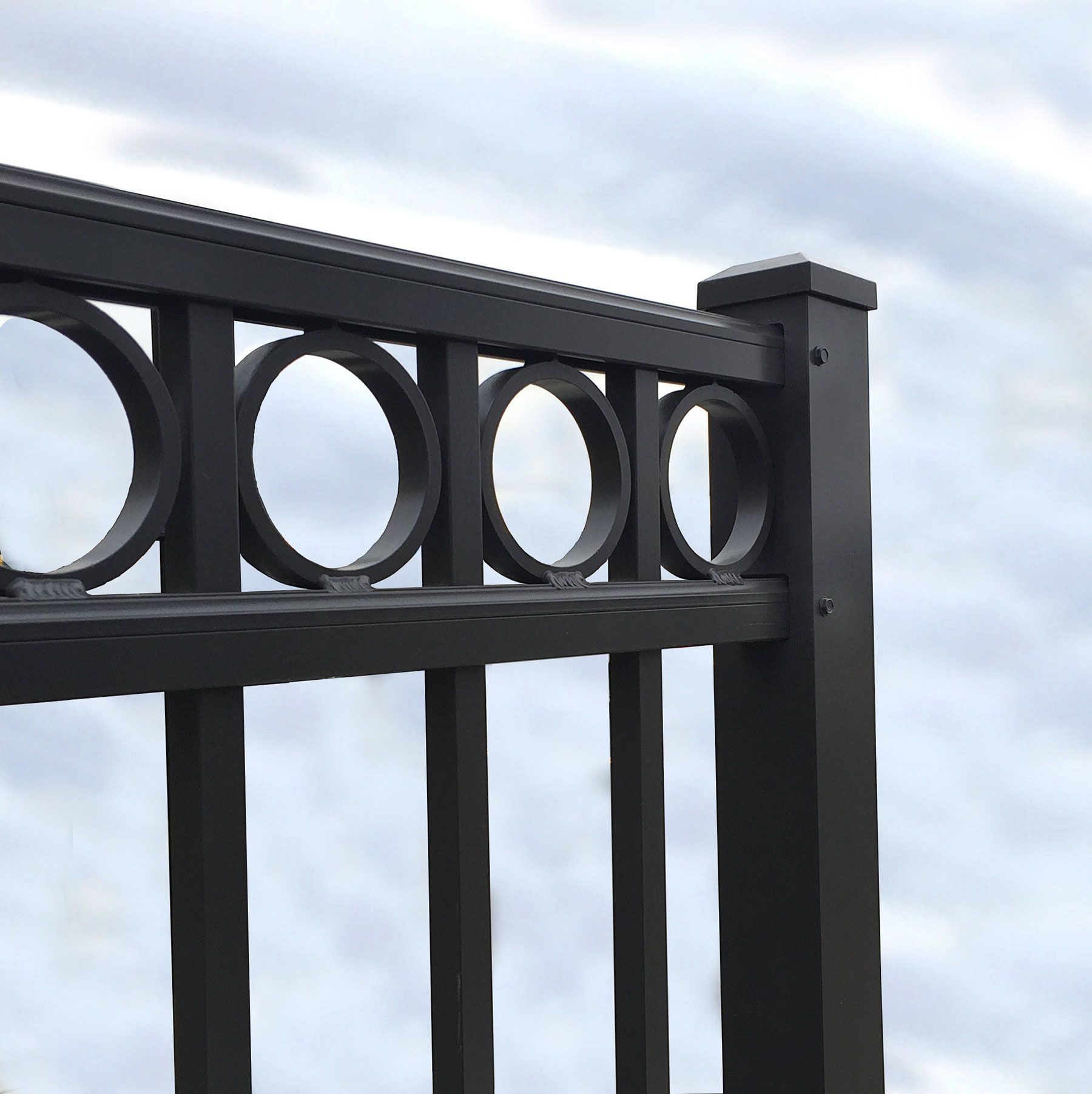
Aluminum offers unique benefits, but it also comes with some big drawbacks.
Pros:
- Extremely durable and long-lasting
- Lightweight yet strong
- Resistant to weather, fire, mold, and insects
- Recyclable and eco-friendly
Cons:
- More expensive than most decking options
- Limited color and style options
- Can be noisy during rainfall or when walking
- Doesn’t provide the natural look of wood
Aluminum decking is an excellent choice for areas with high moisture or extreme weather conditions, such as docks or waterfront properties. Consider your budget and climate before buying.
